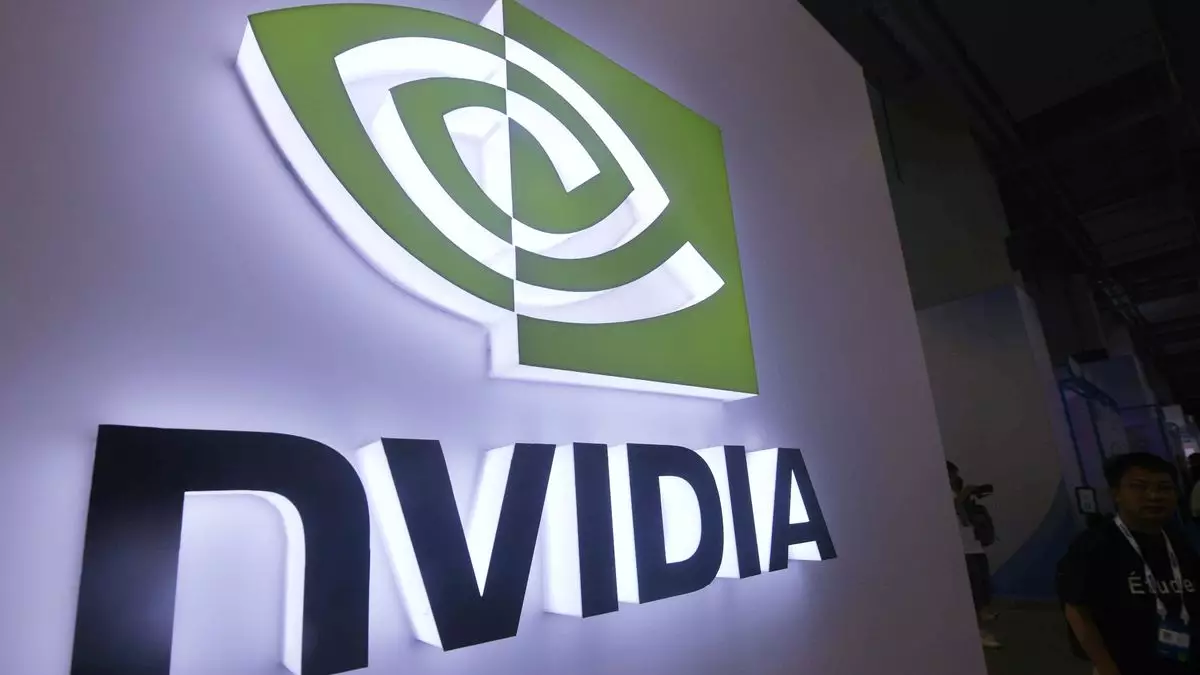In recent weeks, Nvidia has found itself under the magnifying glass of the Chinese government due to an unfolding antitrust investigation. This scrutiny is rooted in the tech giant’s 2020 acquisition of Mellanox Technologies, an Israeli semiconductor firm, which cost Nvidia a staggering $7 billion. The conditions set forth for the approval of this deal were stringent: Nvidia was expected to maintain neutrality in its dealings with Chinese firms and ensure that Mellanox would share product samples with competitors within a specific timeframe. This investigation reflects deeper tensions in the ongoing US-China tech rivalry, as both nations navigate a delicate web of trade relations, sanctions, and competitive strategies.
While specific details regarding the allegations against Nvidia remain scarce, the investigation signals a significant concern within the Chinese regulatory framework. China has historically used antitrust laws as a means to protect its domestic industries from perceived foreign monopolistic practices. This political backdrop complicates Nvidia’s relationship with a market that used to contribute substantially to its revenue—17% in the year ending January 2024, down from a higher 26% just two years prior. The decrease in Nvidia’s earnings from China not only highlights the pressure the company faces from sanctions but also the stiffening competition from local semiconductor manufacturers.
The backdrop of this investigation cannot be fully understood without considering the restrictions imposed by the US government. Nvidia has faced a barrage of sanctions that have severely restricted its ability to export certain products to China. In a bid to navigate these restrictions, the company has taken an unconventional approach. For instance, when the US Department of Commerce tightened controls on the RTX 4090 GPUs, Nvidia rolled out a variant specifically designed for export solely to the Chinese market—the RTX 4090 D. This strategic maneuver backfired when US officials publicly denounced such endeavors, signaling a clear intent to rigorously enforce these export controls.
Moreover, US Secretary of Commerce Gina Raimondo’s declarations at the Reagan National Defense Forum in December 2023 placed further pressure on Nvidia, indicating that any modifications designed to evade export restrictions would be swiftly countered. This predicament places Nvidia in a paradoxical position: while they strive to comply with both US and Chinese regulations, they are simultaneously boxed in by contradictory demands of both governments.
Nvidia’s challenges are emblematic of a larger battle between the US and China over technological supremacy. In response to US sanctions, the Chinese government has enacted its own countermeasures, including banning the export of critical materials used in semiconductor manufacturing. This tit-for-tat strategy reinforces the notion that both nations are increasingly willing to leverage trade policies as weapons in their ongoing geopolitical struggles. The implications of such moves are profound, impacting not just individual companies like Nvidia but also shaping industries and markets on a global scale.
In light of these unfolding developments, Nvidia has publicly defended its business practices. The company asserts that its success is a result of its merits and the quality of its products, declaring its commitment to transparency in dealings with regulators. As the landscape continues to shift, Nvidia will need to navigate carefully through the rocky terrain of regulatory scrutiny while maintaining its competitive edge.
The company’s ability to adapt to both US and Chinese demands will be crucial in determining its future viability within these key markets. Ultimately, this investigation is more than just a corporate hurdle for Nvidia; it serves as a reflection of the broader dynamics shaping the technology industry, where global strategies must align with local regulatory environments. As this situation develops, all eyes will be on Nvidia to see how it addresses these multifaceted challenges while striving to retain its market position amidst intense international competition.

